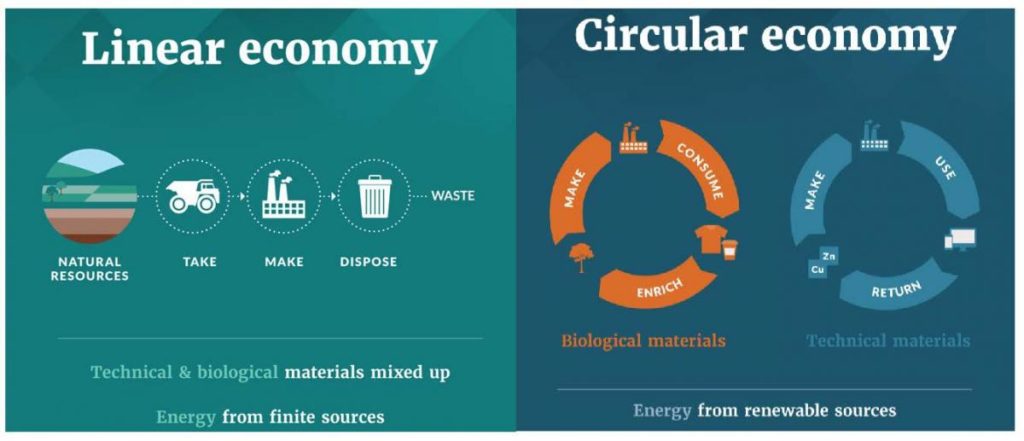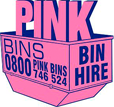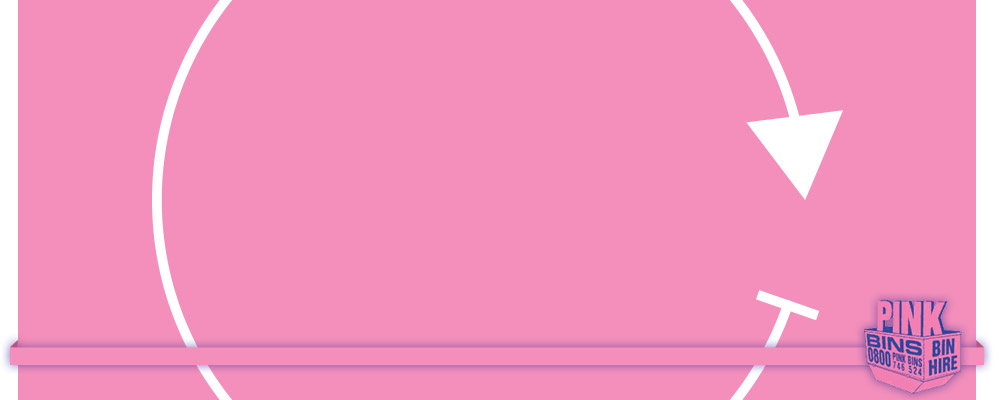Too much waste goes to landfill in New Zealand. And, solutions for the issue include increasing the landfill levy, imposing a levy on currently exempt managed fill sites (hardfill/soil/concrete) and improving product stewardship schemes. I explain product stewardship in this post.
It’s almost inevitable. By 2020, the current landfill levy for domestic waste will increase. Currently, it’s $10 per tonne. “That’s daylight robbery,” I hear you say. However, consider this: In the UK, it costs just under £90 (NZ$175) per tonne to dump waste into a landfill. We’ve got in pretty good in this country.
Anyway, as the costs of disposal increase, there will be more incentive for businesses and consumers to think a little harder about their waste — “Where there’s a will there’s a way” — which leads me to product stewardship.
What is product stewardship?
To follow is the Ministry for the Environment’s definition: “When a producer, brand owner, importer, retailer or consumer accepts responsibility for reducing a product’s environmental impact.”
Basically, the end-game is to move from a linear to a circular economy:
- Linear economy: A manufacturer uses natural resources to make products that eventually end up in landfill.
- Circular economy: A manufacturer makes products that once used are returned for re-manufacturing.

Image: https://www.mfe.govt.nz/waste/circular-economy
Product stewardship for consumers
So, how can consumers accept responsibility for the impact products have on the environment? Well, there are many ways:
- Do you use recyclable print cartridges?
- Do you separate your recyclables for collection?
- Do you return your single-use plastic bags to drop-off points for collection?
If you do any of these things, you are participating in a product stewardship scheme.
What about businesses?
At Pink Bins, our product stewardship takes the form of recycling. When possible, we bring waste back to our recycling plant in South Auckland to be sorted and, if necessary, cleaned. Then, we ship recyclable materials to various plants to be turned into new products. Tyres are a good example: They go to J & J Laughton Shredding Services to be shredded and converted into an artificial bark for places like horse areas.
Manufacturers, too, take part in product stewardship by changing the way they design and manufacture items so that they can be more easily recycled. Here’s a PDF roadmap from Xerox for how to produce a product stewardship scheme.
As there is a finite supply of resources on our planet, it is becoming increasingly crucial for businesses and consumers to work and live sustainably. It’s not difficult. Reducing our impact on the environment just takes a little thought and effort.
Did you enjoy this post? If you did, please share.

